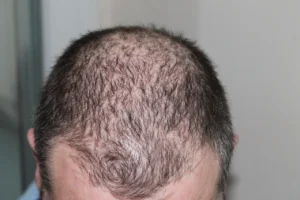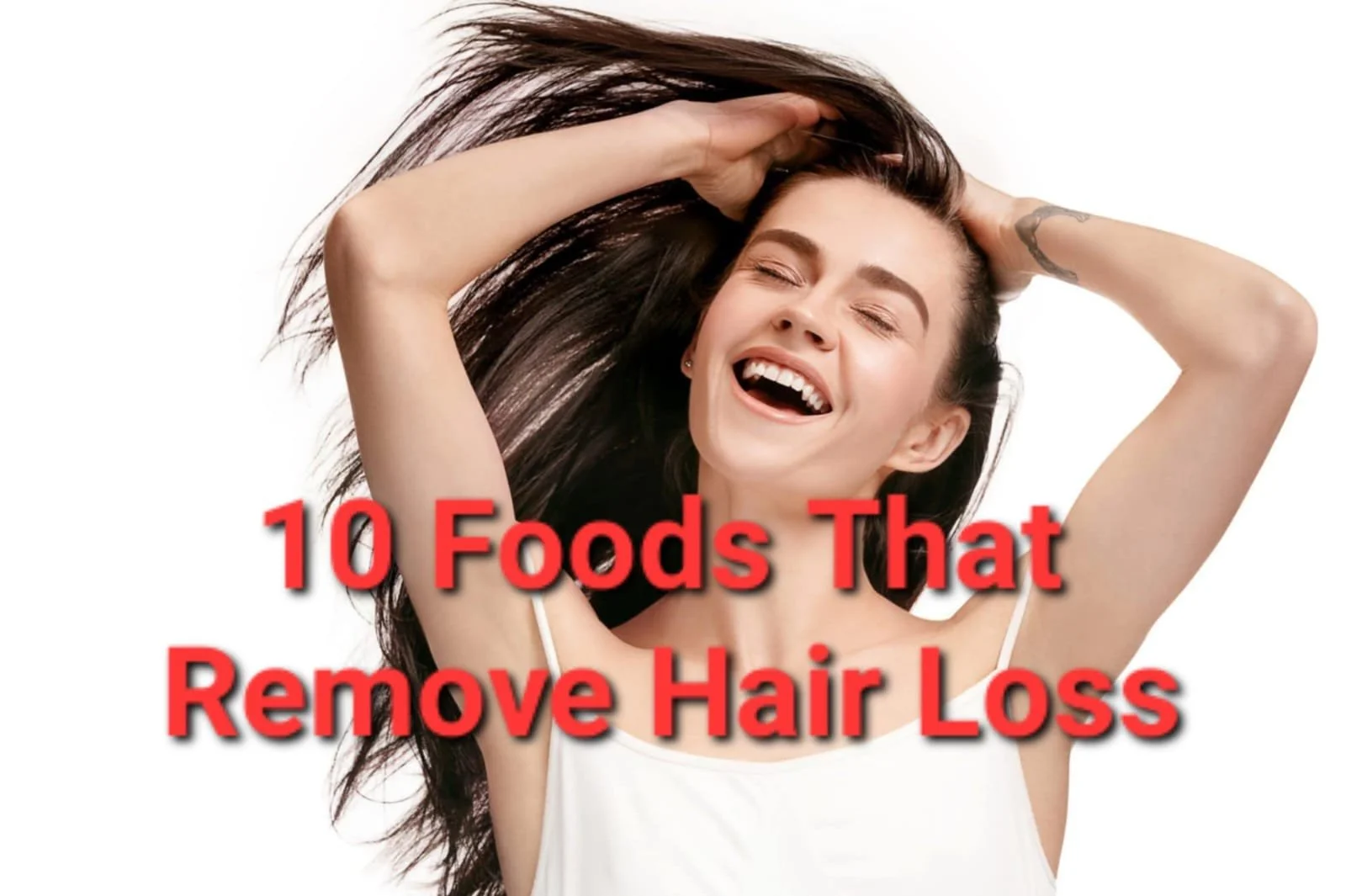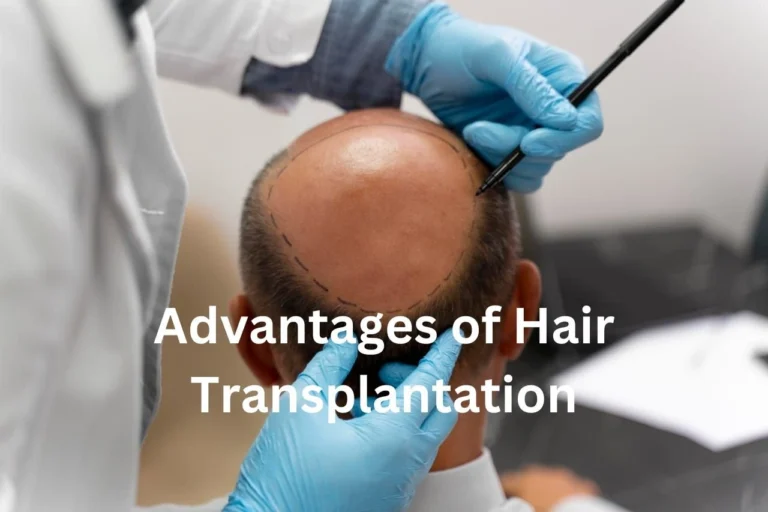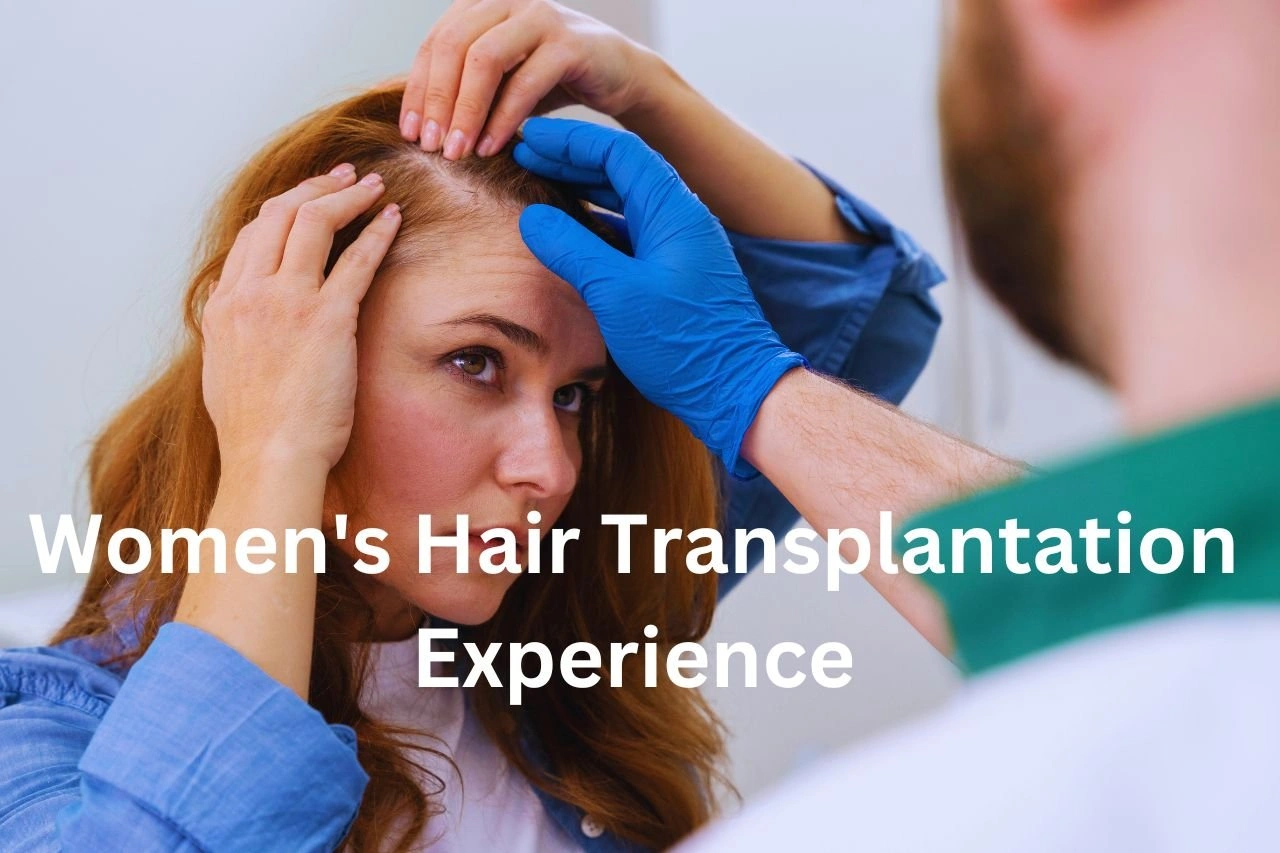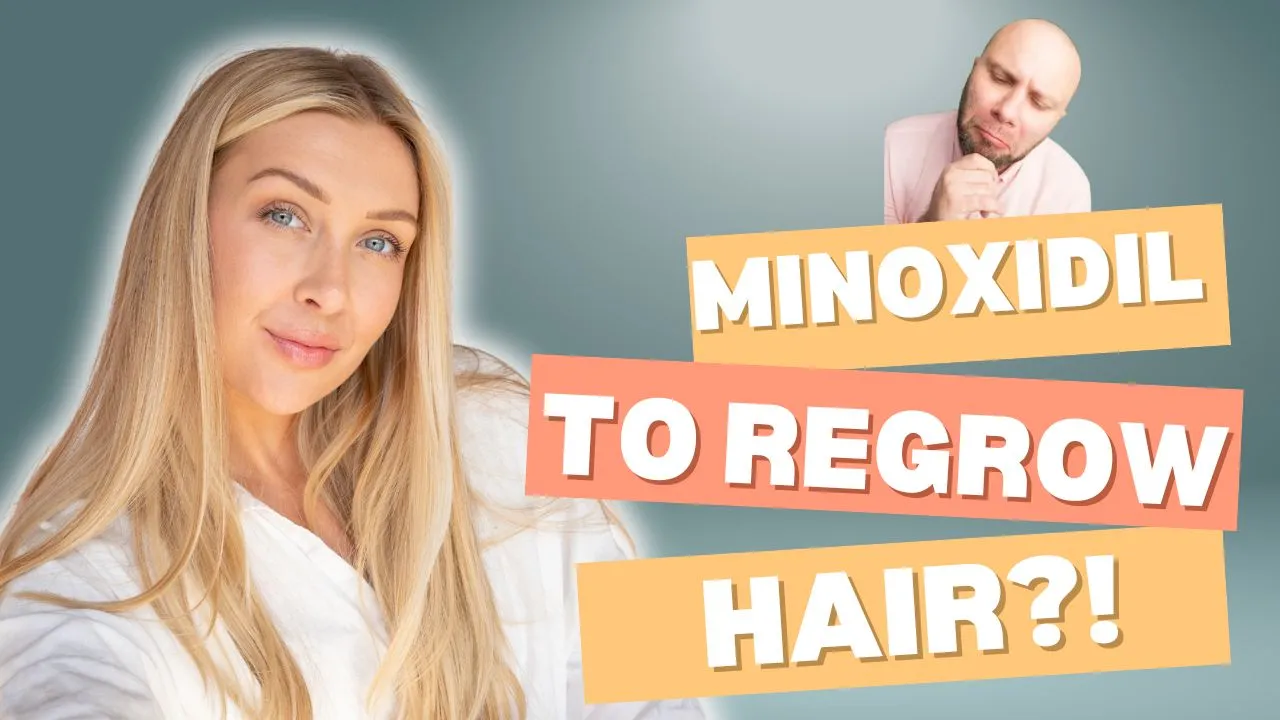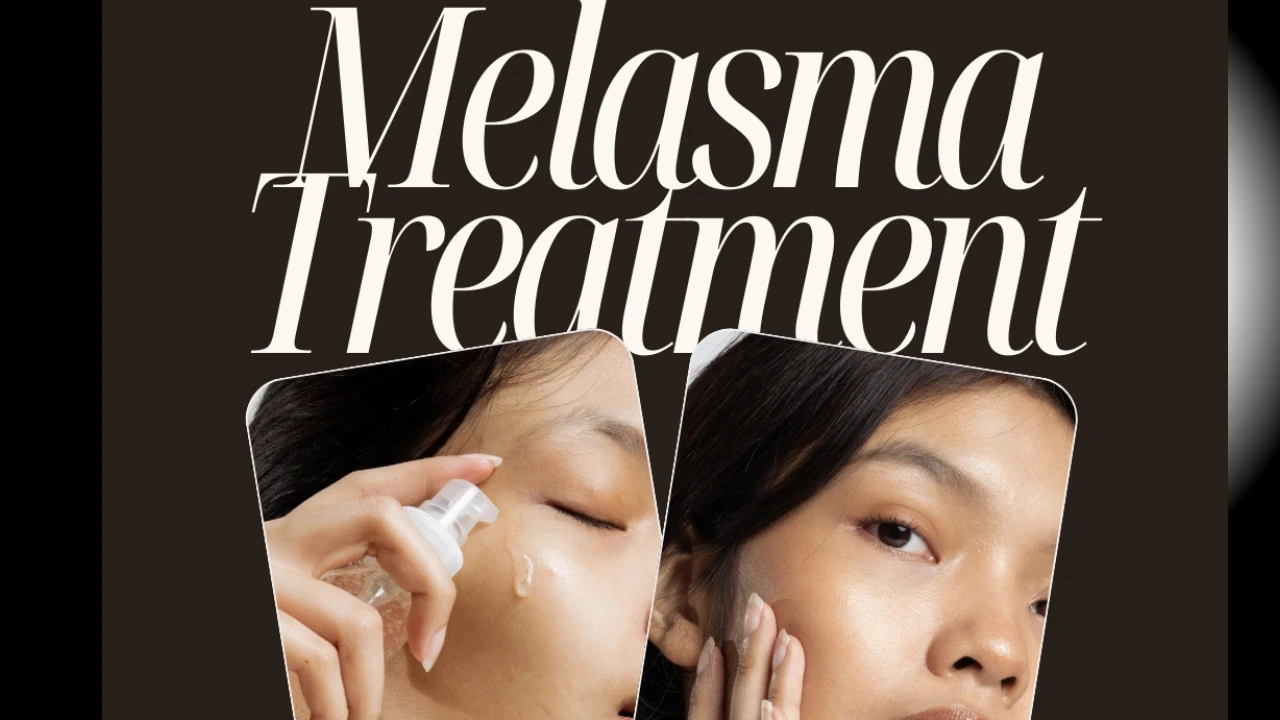Embarrassing Problem: Hair Fall
Hair fall is an embarrassing problem. People consider beautiful hair a symbol of beauty. Also Hair loss often occurs due to mental stress. More than 100,000 hairs or hair follicles can grow on a human head. These follicles convert body protein into hair. The structure of hair depends on the structure of the follicle. Because newborns’ follicles are small, their hair is thin. Round follicles produce straight hair, slightly bent follicles cause wavy hair, and crooked follicles produce curly hair.
The hair growth period is about 2 to 6 years. Hair on the head grows 0.3 to 0.4 millimeters per day, which equals about 6 inches per year. Usually, hair grows more in summer than in winter. Losing 49 to 99 hairs daily is considered normal. The living part of the hair resides in the follicles within the skin, while the part outside the skin is dead. Hair typically becomes thin until around age 12.
There are 3 phases of hair growth:
1. Anagen – The active growth phase when hair grows at about 1 cm per month. The length of this phase determines the final hair length.
2. Catagen – This transitional phase lasts about 3 weeks.
3. Telogen – This resting phase can last up to 3 months, during which old hair is shed and new hair begins to grow, starting a new cycle.
Most people’s hair sheds more during the summer and monsoon seasons.
Causes of Hair Fall
Hair plays a vital role in enhancing our body’s beauty. When hair falls at a higher rate than normal, we naturally worry about the cause and what can be done. Identifying the exact cause of hair loss is essential, enabling effective treatment. Without a clear cause, treatment may not help. Many causes of hair loss, or alopecia, may affect the whole head or specific areas. Hair loss can occur without any inflammation or burn marks on the scalp.
Also hair fall may accelerate due to factors such as excessive bleeding, childbirth, extreme dieting, high fever, thyroid disorders (both hypo- and hyperthyroidism), physical stress (e.g., post-operation), mental stress, and certain serious illnesses. However, hair loss may also be induced by medications, such as those used in cancer treatment, and can affect boys and girls at any age.
Hair follows a natural cycle, and some shedding is normal; however, losing more than an average of 100 hairs per day is unusual.Toxins like arsenic or radiation therapy can also cause hair loss. Both men and women can experience hormonal-related hair loss. Genetic factors, particularly in young men, may lead to hair loss at an early age; unfortunately, no treatment yet exists to completely prevent or stop this natural process. Behavioral factors, like smoking, may also cause hair loss in men.
In women, anemia (hemoglobin levels dropping to 9-10%) and hormonal imbalances, such as increased androgen levels (often seen in polycystic ovarian syndrome), are common causes of hair loss. Additionally, factors such as late nights, irregular eating habits, and vitamin D deficiency can contribute to hair loss. Thyroid problems and scalp conditions, like dandruff, may also play a role. Protein deficiency, which can be alleviated by regularly eating protein-rich foods like fish, can further contribute to hair loss. Injuries and infections (e.g., fungal, bacterial, or viral) can lead to hair issues, including ingrown hairs.
Objectives of Treatment:
1. Maintaining the current condition of the hair.
2. Regaining lost hair.
3. Preventing further hair fall.
Hair Loss Treatment
Before starting treatment, it’s essential to identify the cause of hair loss. For instance, postpartum hair loss often resolves on its own, so there’s no need to worry. Other general advice includes avoiding late nights, drinking plenty of water (about 2.5–3 liters daily), and using personal combs to prevent fungal infections. A wooden comb is preferable. Massaging your hair for 5 to 10 minutes three times a day can help improve blood circulation. Avoid tying hair too tightly, as this can damage hair roots, and always dry hair thoroughly before combing to prevent fungus growth.
If hair fall is due to excessive dieting or blood loss, addressing these causes may help stop hair fall and encourage regrowth. Observing hair loss during combing can be helpful; around 50 hairs lost daily is normal, while more than 100 is abnormal. Patients should understand that shedding old hair is normal and new hair will grow in its place. Consuming foods rich in protein, vitamin B complex, and iron also aids in hair growth.
Treatment options may include biotin, zinc sulfate, and topical minoxidil lotions. Other experimental treatments include dinitrochlorobenzene, anthralin, and PUVA therapy, all of which should only be used under expert guidance.
What Shampoo to Use for Hair Care?
Using shampoo is essential for hair care, as its purpose is to clean the hair. Shampoo helps to remove dirt, dead skin cells, sweat, excess oil, and dust from the hair. However, if all the natural oils are stripped from the hair during cleaning, it can lose its shine and become dull and uneven.
Each shampoo has two types of ingredients: one that attracts oil and another that attracts water. The oil-attracting ingredient allows the shampoo to stick to the hair, while the water-attracting ingredient helps water remove oily substances from the hair.
Shampoos typically contain detergents, foaming agents, thickeners, softeners, emollients, colorants, and fragrances. Most shampoos use a combination of detergents, as no single detergent can provide all the necessary cleaning and conditioning. Detergents in shampoos are synthetic and can be divided into three categories. These include lauryl sulfate, sarcosine, and salcomaxino. Some shampoos coat the hair and protect it from dullness and dirt, which soap alone cannot do.
The third group includes types of lauryl or laureth compounds, which gently clean and condition the hair, leaving it feeling full. Ingredients that create foam in water also create foam on hair, leading many users to believe that more foam means a better clean, but this is a misconception. Some shampoos coat the hair, protecting it from dullness and dirt—something soap alone cannot achieve. Especially in hard-water areas, using hard water and bar soap can lead to hair inflammation and itching, so shampoo is a better choice in these cases.
Shampoo is available in various forms, such as liquid, gel, cream, spray, and powder, though liquid shampoo remains the most popular.
-
Normal Shampoo: Contains lauryl sulfate detergent and provides mild conditioning. It is suitable for adults, especially those with thick and moderately oily hair, but not for those with thin, unruly hair.
-
Shampoo for Oily Hair: Contains lauryl sulfate or sulfosuccinate detergents, suitable for adults and those with dirty or oily hair. These shampoos cleanse effectively and offer mild conditioning.
-
Pantene Shampoo for Dry Hair: This shampoo lightly cleanses but has strong conditioning power, making it ideal for some types of dry or damaged hair. It’s especially good for adults who want to shampoo daily or have fine hair. However, excessive conditioning can sometimes damage hair, and these shampoos are less effective for deep cleaning. Ingredients include animal proteins, glycerin, dimethicone, simethicone, and propylene glycol.
-
Shampoo for Brittle Hair: This shampoo is designed for those who use hair color, dye, or chemical treatments. Hair can become damaged from frequent washing, vigorous combing, or brushing.
Onion Juice for Hair Care:
There is no scientific evidence proving that onion juice is effective in promoting hair growth, but it has shown benefits for many people. Onion juice may increase blood circulation in the scalp and help keep it free of germs. Let’s explore what makes onion juice potentially helpful for hair growth. Hair is primarily composed of protein and some carbohydrates, and its strength comes from protein and sulfur bonds. Since onions are rich in sulfur, they can help reinforce these bonds.
Onion juice also contains antioxidants, which may repair damage caused by pollution, particularly in the scalp. Additionally, onions have antibiotic properties, which work against various bacteria, and anti-inflammatory properties that can benefit the scalp. This makes onion juice potentially effective for certain hair issues, including hair loss in specific areas and seborrheic eczema, due to its anti-inflammatory effects.
However, it’s important to first identify the root cause of your hair loss before using onion juice as a remedy.
How to Use Onion Juice for Hair and scalp :
Applying onion juice on the scalp can be beneficial, but for those who dislike the strong smell, adding a bit of rose water can help. You can also mix onion juice with honey or aloe vera to address dandruff. Apply the juice directly to the scalp, especially on bald areas or across the entire scalp. It can be used twice daily, in the morning and afternoon. However, because of its strong smell, many people prefer applying it at night before bed and washing it out in the morning.
